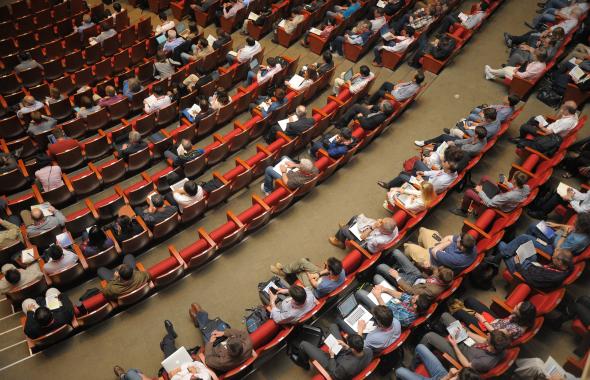What did La main à la pâte do in this project?
The La main à la pâte team produced classroom sessions and accompanied teachers in their implementation, and used evaluations to measure the impact of the activities carried out on the development of students' critical thinking skills. Teachers particularly appreciated the integrated and innovative nature of the proposed research activities. Here are some of the comments:
"A course that integrates teaching critical thinking with teaching the scientific method and scientific knowledge."
Critical thinking is an important issue in today's world, and it is important to know what information to trust. Most teachers are aware of these issues and want to be able to pass them on to their students. They were therefore curious to know how critical thinking could be integrated into existing courses. In particular, there is a strong interest on the part of teachers in making science lessons in which a scientific approach is used, in which the pupils are actors and must have a critical view of their results. "This allows for a mixture of knowledge and reasoning", explains one of the teachers. After their participation in the study, some teachers are already thinking of using the same session structure in other subjects such as French or history.
"A slightly different way of doing science in the classroom."
When participating in this research project, several teachers were looking for new ways to do science. Following the sessions, one teacher noted that students became more curious about science : they asked more questions and were more invested in their work.
"A slightly different way of doing science in the classroom."
Most of the teachers who participated in the project were already familiar with La main à la pâte. Participating in this project was also a way for them to discover new science resources and new media, especially the digital tablets on which the children conducted their investigations in small groups. Several teachers said that they liked the fact that they could use the tablets to carry out the activities, something they had rarely been able to do before participating in the research and which they would like to use again in the future. There were also videos with interviews of scientists working on the subject. Most of the teachers indicated that they were already thinking of using the proposed resources again the following year, as the pupils enjoyed the sessions and showed curiosity and interest in them.
"Work focused on curriculum content so no time wasted!"
The sessions carried out in the classes are an integral part of the cycle 3 science programme. Thus, as one teacher testified, "these activities correspond to objectives that overlap with ours, so there is no "lost" time! In addition, the sessions allow us to work on skills that are useful in science but also in everyday life, which meets the various cross-curricular objectives of the programmes, in particular the skills and knowledge base.
> See the Research page of the La main à la pâte - CQFD website for more details on the contribution of the Fondation La main à la pâte to the elaboration of a report on critical thinking education, as well as the detailed description of a field experiment aiming at evaluating the impact of a critical thinking education action conceived by the Foundation's team.

